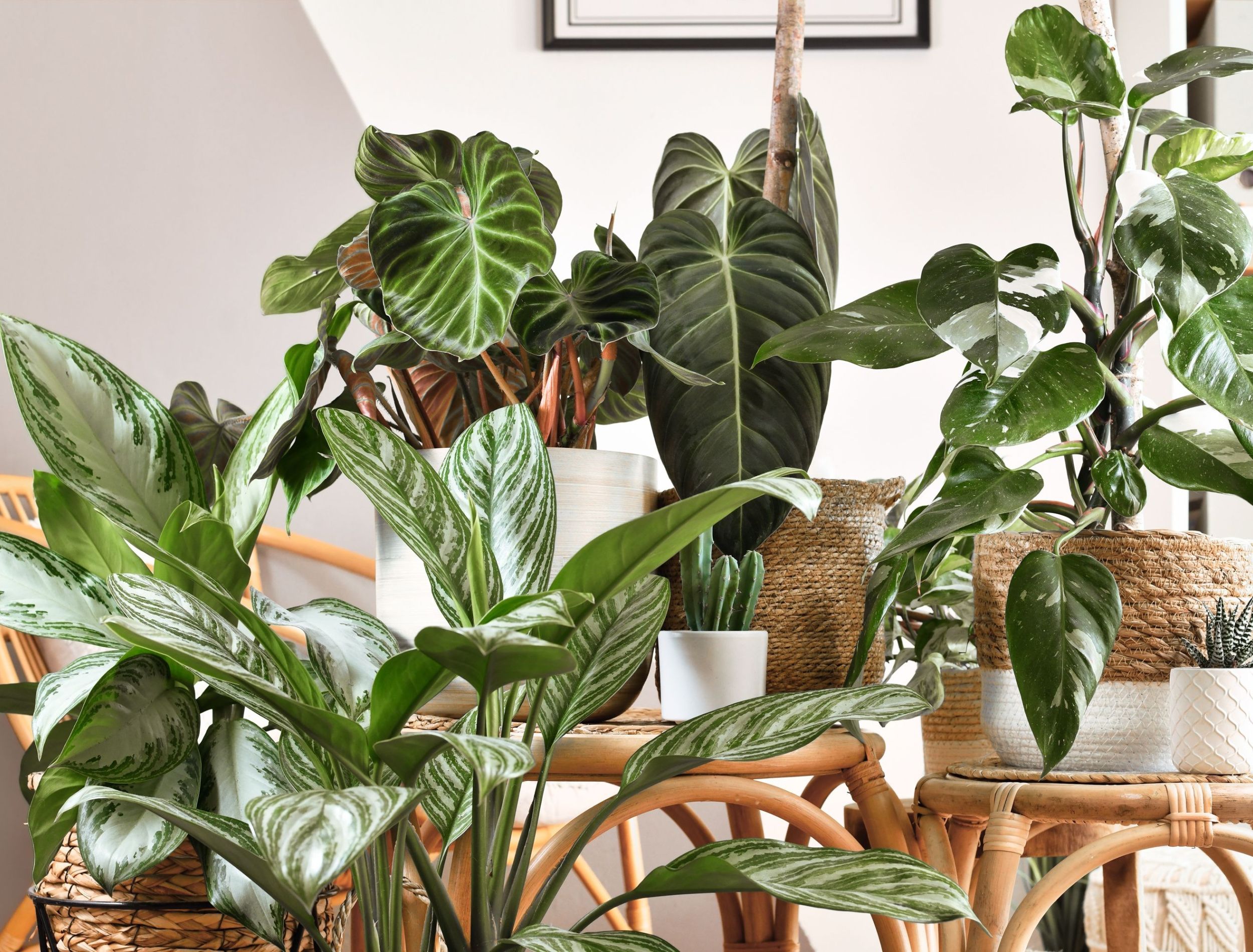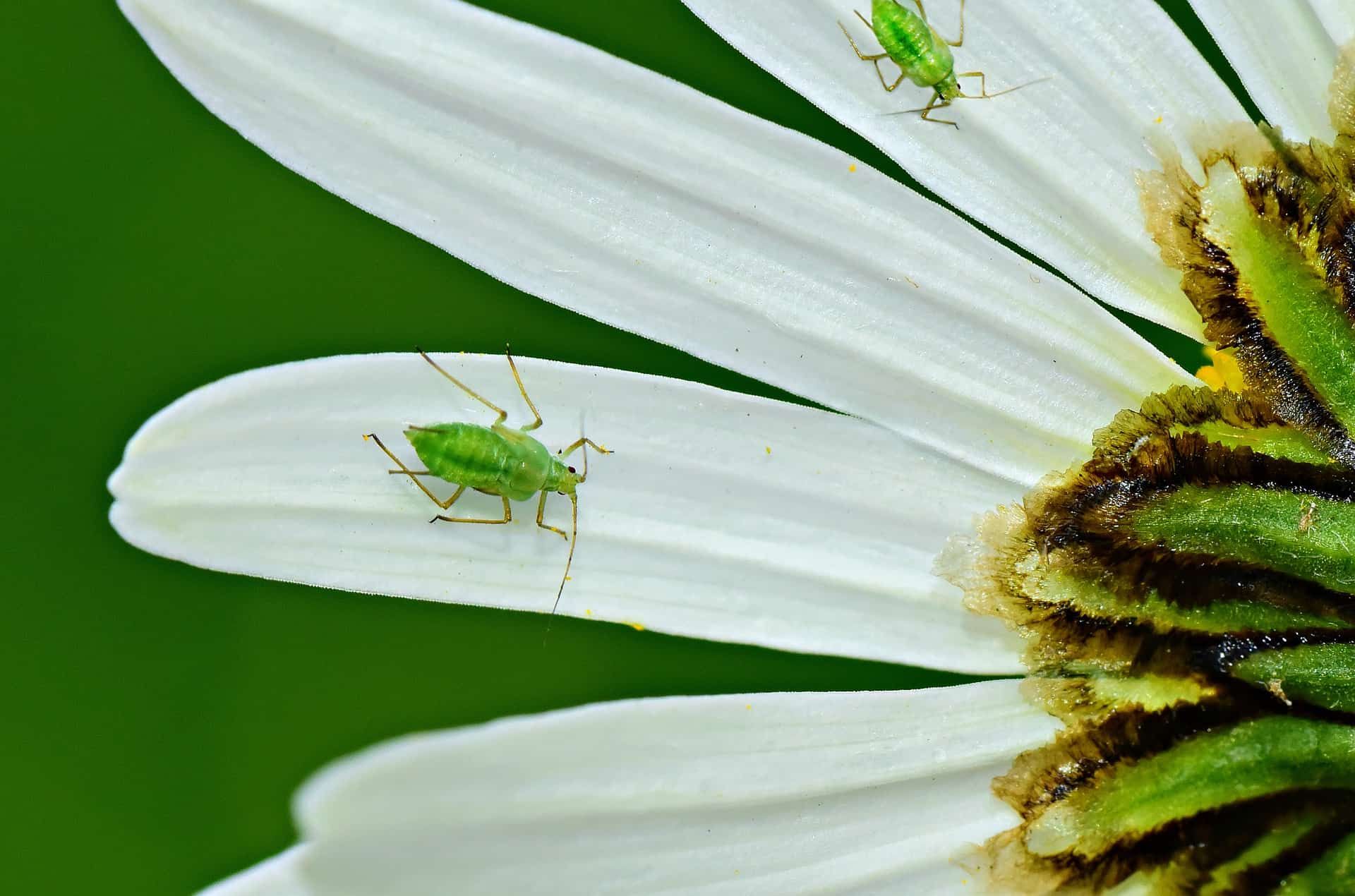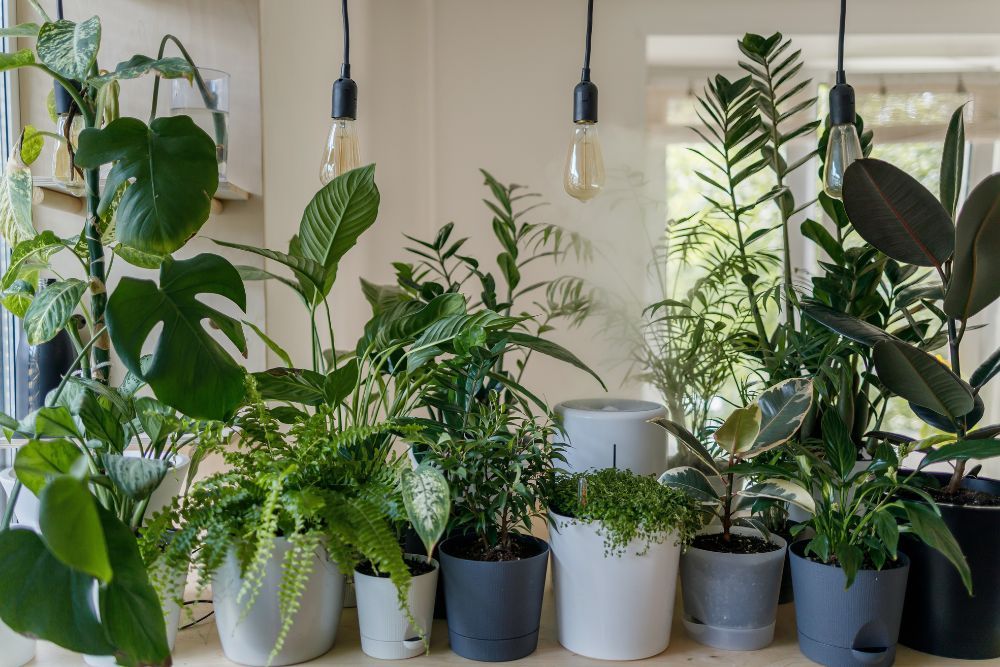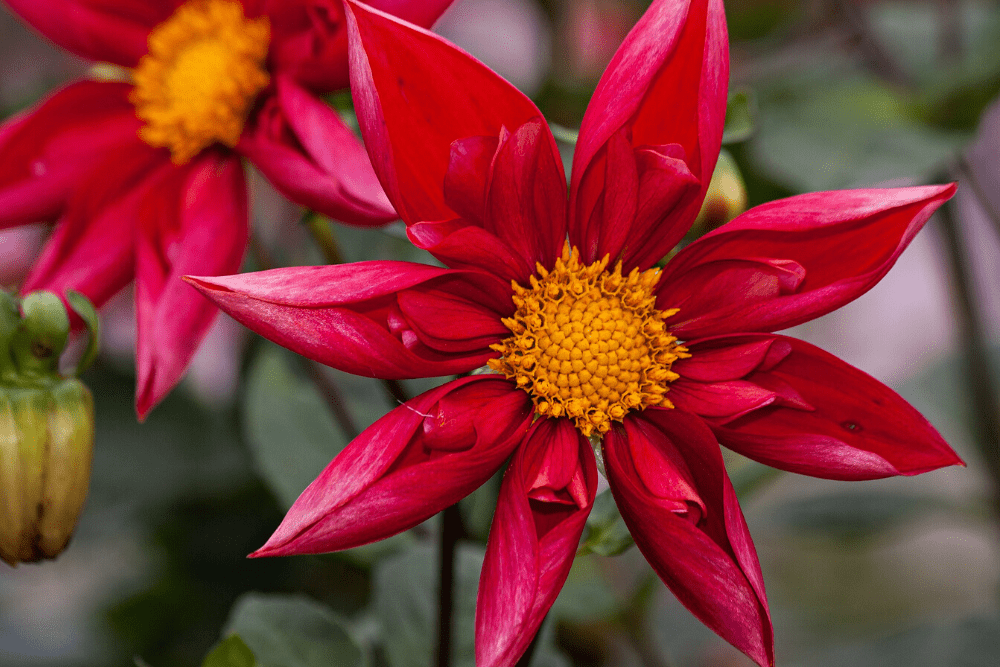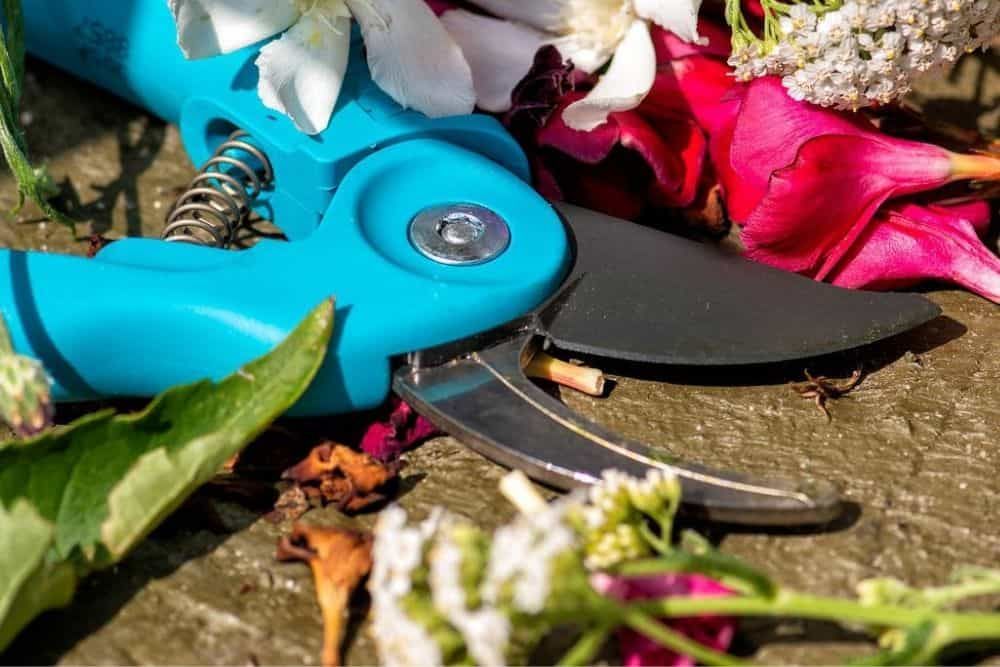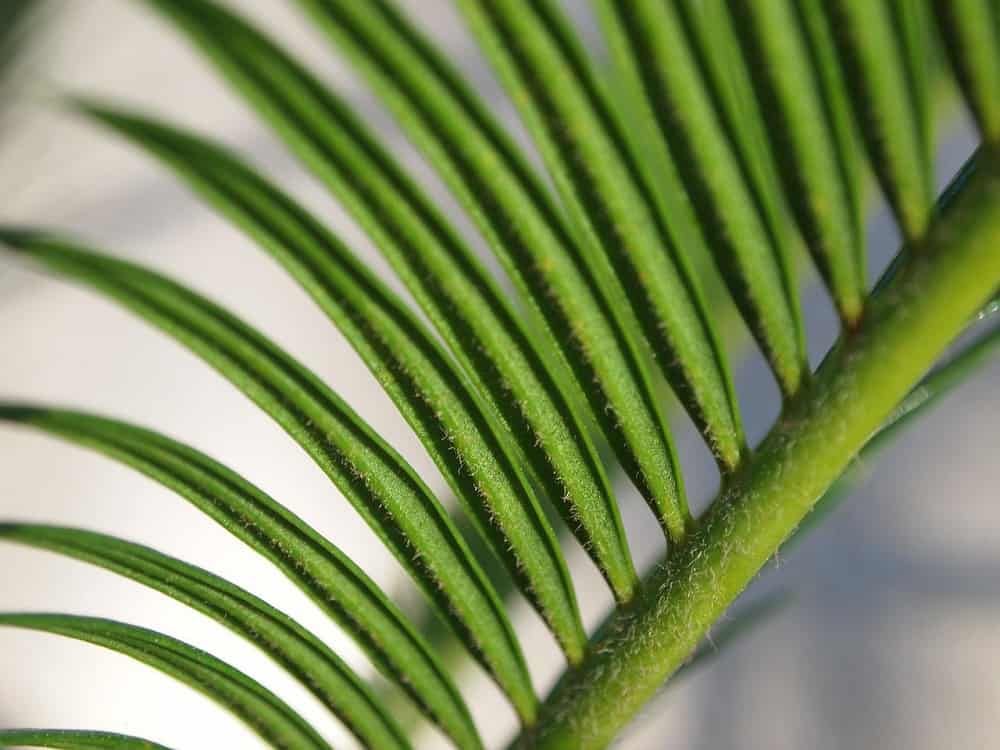The leaves are changing colors, the days are getting shorter, and the temperature is dropping, which means summer is over, and it's officially fall! For many people, this means bringing their houseplants back indoors.
Before you do, there are a few things you need to know. Check out these tips on bringing your plants back inside without causing aggravation or damage. Keep reading to learn more!
Acclimate Your Plants
Image credits: New Africa via Shutterstock
If you want your tropical or non-hardy plants to survive the winter, moving them into a shady spot outside for 10 to 14 days is a good idea. This way, they'll be better acclimated to the lower light conditions they'll receive all winter indoors.
Plus, they'll get a chance to enjoy the fresh air and cooler temperatures before being cooped up indoors! Just ensure the temperatures don't dip to freezing. You don't want to kill your plants!
Check for Bugs!
Image credits: MabelAmber via Pixabay
Before you bring your houseplants in for the cooler months, it's essential to check your plants for insects like aphids, spider mites, and mealybugs. These insects can easily hitch a ride indoors on your houseplants. Once inside, they can be difficult, if not impossible, to eliminate.
To check your plants for insects, start by looking closely at the leaves (undersides, too!) and stems. Look for any small bugs or eggs clinging to the plant. If you see anything suspicious, remove it with a cotton swab or a piece of tape.
You can also gently rinse your plants before bringing them indoors, which will help loosen any insects that might be hiding from view.
Once you're satisfied that your plant is bug-free, you can bring it indoors for the winter. Just be sure to check it periodically throughout the season, and if you see any insects, act immediately to prevent them from taking over your home!
Ensure the Plants You’re Bringing in Can Survive Indoors
Image credits: vadim kaipov via Unsplash
The gardening season may be ending, but that doesn't mean your green thumb has to go into hibernation. In fact, now is the time to start thinking about which plants to bring indoors for the fall and winter.
But before you do, there are a few things you need to take into consideration. Not all plants do well when moved from outdoors to indoors. Here are a few tips to help you make the best choices:
Consider the light conditions in your home: This is probably the most crucial factor in determining which houseplants will thrive indoors. If you have a lot of natural light, you'll have more options from which to choose. But if your home is on the darker side, then you'll need to stick with plants that don't need as much light, such as snake or spider plants.
Think about your home's temperature and humidity levels: Most houses are drier and warmer than outside, so you'll want to choose plants that can tolerate those conditions. Succulents and cacti are excellent options, as they're used to living in arid environments.
Make sure you have enough space for your indoor plants: Some plants can get quite large, so you need to have room for them before you bring them inside.
Choose the healthiest plants to bring in: If a plant you had outdoors wasn't doing so great during the warm summer months, or is on its last legs, don't bring it inside.
Bring in Plants That Will Not Survive the Winter
Image credit: stux via Pixabay
In the plant world, two types of plants stand out when it comes to winter weather. Some need to go dormant in the winter, and those plants that continue to grow through the winter months. You can bring both types inside to protect them from the harsh winter cold.
Some examples of winter dormant bulbs are dahlias, elephant ears, calla lilies, and tuber roses. If you have these bulbs in a pot, stop your watering routine, prune any dry leaves or stems, and place them in a dry, dark, and cool spot. You can check the soil moisture occasionally.
For plants that continue to grow during winter, some examples include fuchsia, mandevilla, hibiscus, and amaryllis.
As mentioned above, you need to acclimate your plants to a decrease in lighting for a couple of days before bringing them indoors.
Repotting and Pruning
Image credits: Willfried Wende via Pixabay
Pruning and repotting your plants before you bring them indoors in the fall is a great way to ensure they stay healthy and thrive throughout the winter. Pruning also helps to encourage new growth and can also help to control the size of your plant. A few this to consider when pruning or repotting your plants:
When pruning, only trim back ⅓ of the stems on your plant. As an additional, beneficial step, consider root pruning as well. When repotting, use a pot that is only slightly larger, 2 inches, than the one where your plant currently lives.
Bringing in Your Tropical Plants
Image credits: Brendan Tuohy via Pixabay
If you're like most people, you probably have a few tropical plants that you bring indoors during the cooler months. To bring them in safely, place them in well-lit areas indoors, away from vents and cold air. You should also place a saucer under the pot and water the plants well with lukewarm water. Allow your tropical plants to dry before watering again.
Additionally, ensure there is no standing water from sitting in the pot or saucer since it can lead to mold or plant rot.
In Summary
With the changing seasons comes a new set of tasks and responsibilities. Bringing your houseplants inside is one such task. If done incorrectly, it can be an aggravating experience for both you and your plants.
But with these simple tips, you can avoid damage and successfully bring your plants back indoors without fuss. Do you have any tips or tricks to add? Leave them in the comments below!

